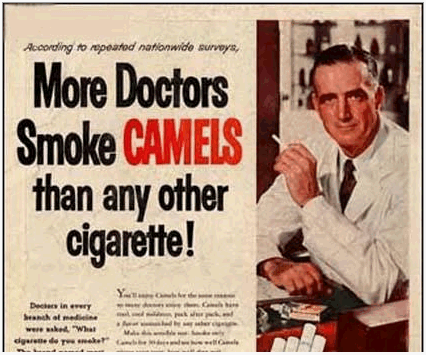Multilingual. Pluringüe. Ilteangach. All those words refer to the same concept- the ability to speak, write, or interact with people in a diverse community through multiple languages. Multilingualism incorporates communities of all backgrounds and allows them to connect through cultural similarities visible to outsiders through word choices. To better differentiate these groups, they are called discourse communities. According to Swales (5), they are “groups that have goals or purposes, and use communication to achieve these goals”. From my club in college to a friend group on the weekends, these discourse communities all demonstrate the multilingualism of each individual. However, there are more than just discourses, they are categorized as primary or secondary according to Gee’s theory. As interesting as it is to put on costumes depending on the surroundings, we all have an identity, and thus comes with it a primary discourse. “Our primary discourse constitutes our original and home-based sense of identity…it can be seen whenever we are interacting with intimates in totally casual social interaction”. However, there are more than just discourse communities. According to Swales, multilingualism has two distinct groups Swales defines the differences between a speech community and a discourse community. He states that “a speech community typically inherits its membership by birth, accident or adoption; a discourse community recruits its members by persuasion, training, or relevant qualification”. The goal of my data is to demonstrate that multilingualism is an embodiment of code switching in discourse and speech communities.
To better understand multilingualism in a practical context, I determined to conduct an experiment to record how often I would code-switch in a twenty four hour period. Codeswitching is a bilingual/multilingual practice that is used not only as a conversational tool, but also as a way to establish, maintain and delineate ethnic boundaries and identities (Lowi). Often, individuals could technically communicate through a certain standardized way, but by selecting the right ‘language’, they are able to connect within a group and even preserve their ethnic identities in the process. Lyiscott explains that her community still uses slang from the street to preserve the language of her people rather than assimilating.
To discover how often I would code switch and to what languages/dialects I was switching between, I mark the timing of each conversation using my phone as well as a log notebook following the conversation to record the details/word choices. For each code switch, I would categorize it under one of the following categories: academic, family, friends, and public. Each genre was also placed in either tier 1 (casual) vs tier 2 (formal). After two days of the experiment, I have retrieved the following data: 7 instances of family language, 8 of friends, 5 of academic, and 4 of public. To best represent this data, I created a pie chart that shows the percentage of total instances to each language. Note that I decided to choose this instead of total time because I wanted to highlight even brief moments of codeswitching.

Figure 1: Types of Languages in Discourse Community This pie chart displays the five different languages identified during the experiment based on the cell phone/physical notes of conversations
Of these genres, I also speak 9 times in a casual style and 11 times in a formal method. I felt it important to also reveal this distinction because although I may be with a friend, I could choose a more professional or casual tone based on our relationship.

Figure 2: Formality of Languages in Discourse community This pie chart displays the two formality of languages in the study based on the researcher’s cell phone
Based on these results, my most used language, aka my primary discourse, was Formal Friends which is clearly evident by the great amount of friends I have are from college, and thus our language choices are a product of that. On the other hand, my least used language was Informal Public. When I am out with strangers, I always choose more formal speech because I do not want to stereotype based on their appearance. If a future experiment were to be conducted, it should be done over a longer period of time to truly reflect the behavioral and literacy choices of the subject rather than simply two days. As Lowi has stated, How code switching serves to function as a way of identifying and to align oneself with a group is another issue that researchers have examined. My experiment in part reflected this question through the constant language changes to “fit in” with the particular group. In just 2 days, I code switched over 21 times with different people to almost disguise myself as perfectly in their group. The only ironic part of this argument is that the other party is code switching as well, and so we could be both speaking a different language based on expectations of the discourse.
After performing this experiment, I am amazed at the numerous languages and discourse communities are part of my everyday culture. As Ludwig Wittgenstein stated, ““The limits of my language means the limits of my world.” With these discourse communities, the amount of worlds at my disposal is infinite.
References
- Gee, J. P. (1989). Literacy, Discourse, and Linguistics. 1-8.
- Lowi, R. (n.d.). Codeswitching: An Examination of Naturally Occurring Conversation
- Quotes About Language (1842 quotes). (n.d.). Retrieved October 30, 2017, from https://www.goodreads.com/quotes/tag/language
- Swales, J. (1990). The Concept of Discourse Community. Genre Analysis: English in Academic and Research Settings, 21-32.






